Cegal's Mark O'Brien sits down with BP geophysicist Sara Grant to discuss seismic inversion in BP and the inversion technique ODiSI.
BP holds a long-standing position as one of the most innovative companies within the oil and gas sector and is at the forefront of adopting new technology within the industry. In this article, BP geophysicist Sara Grant explains their most recent innovation in seismic inversion, One Dimensional Stochastic Inversion (ODiSI).
Initially developed by BP, and later re-engineered as a Petrel E&P software platform* plug-in by Cegal, ODiSI is a method that produces high-quality reservoir property estimates with associated uncertainties. The method jointly estimates facies, reservoir properties and impedances, and their associated uncertainties, by matching large numbers of pseudo-wells simultaneously to multiple angle-stacks. The new technique is easy to understand, simple use and utilizes the only the most robust prior geological information.
We sat down with Sara Grant, author of several papers on geophysics and seismic inversion, to talk about BP's thoughts on inversion and to understand more about how ODiSI is utilized within BP. We also discussed how the tool has been improved since the first release and how Sara and BP see seismic inversion evolving in the coming years.
Why did BP decide to develop a new inversion technique such as ODiSI?
ODiSI development began following a review of all the seismic inversion tools available on the market – we were looking to progress past running model-based inversions for elastic properties and ignoring the uncertainty in the input low-frequency models. We also recognized that using map-based tools (such as seismic net pay) to estimate reservoir properties wasn’t ideal – we wanted a tool that directly estimated rock properties and facies from seismic in 3D, and, crucially, gave us an estimate of the uncertainty associated with those estimates. We found nothing on the market that fulfilled all our requirements, so we started work on our own tool, ODiSI, by building a prototype in Matlab as a proof-of-concept. This enabled us to demonstrate that the process worked – in 2016 we published our technical disclosure paper in Geophysics (Connolly and Hughes, Stochastic inversion by matching to large numbers of pseudo-wells) and showed some early case study results in our EAGE paper (Grant and Dutton, Stochastic inversion by trace matching). You can see some of the results we got in figures 1 and 2.
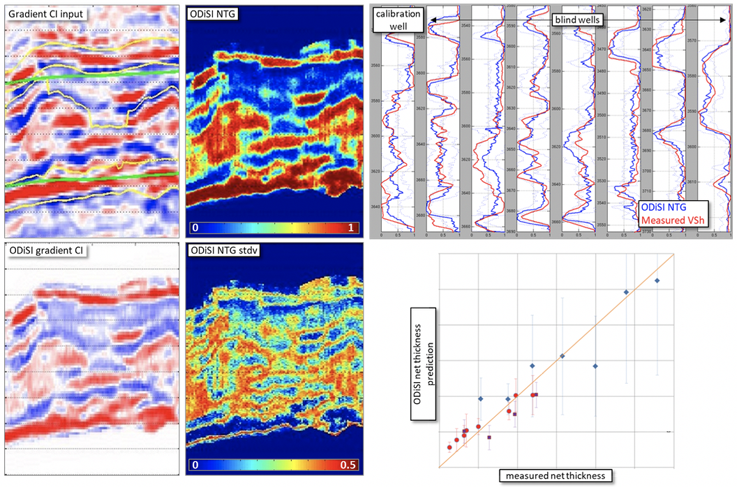
Figure 1. Adopted from Connolly, P. A. and Hughes, M.J., 2016, Stochastic inversion by matching to large numbers of pseudo-wells: Geophysics, 81, M7-M22, doi: 10.1190/geo2015-0348.1.
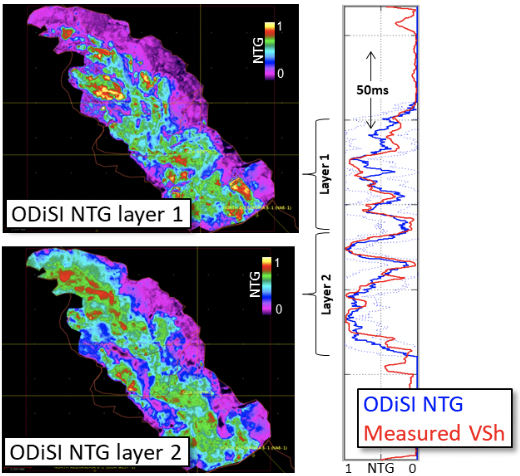
Figure 2. From Grant and Dutton, 2016, EAGE extended abstract
What inspired BP to integrate ODiSI into Petrel E&P software platform?
We wanted to make ODiSI available to all geoscientists in BP. The easiest and most efficient way to do this was as a plug-in to our interpretation toolkit Petrel. We wanted seamless access to all the data required as input to ODiSI and, of course, we wanted ODiSI results to be fully integrated with our other subsurface interpretation data. Cegal re-engineered the code to fulfill these requirements, and also constructed the user-interfaces to make the Petrel plugin more accessible than our Matlab prototype. An added bonus was that Cegal took over maintenance of the tool, giving us the freedom to carry on with development and deployment work rather than spending time on fixing bugs.
How has the commercial version of ODiSI been accepted by the user community in BP?
The commercial version of ODiSI has been much appreciated by its users in BP. The seamless integration with Petrel is a real enabler. The conversations we have around scoping an ODiSI project for a reservoir interval always involve careful preparation of the input data – having it all accessible and in one place makes this very easy and transparent.
Can you share some of the early success you had with ODiSI?
Initially we targeted ODiSI deployment toward relatively simple siliciclastic reservoirs across the BP portfolio, avoiding places where we knew the seismic amplitudes and/or resolution to be compromised by salt for example, or shallow gas. We published some of our results from the Schiehallion reservoirs (Walker et al., 2017, Stochastic inversion for facies: a case study on the Schiehallion field) and from another of our giant oil fields in The Leading Edge (Grant et al, 2017, ODiSI for seismic reservoir characterization - a case study). A couple of pictures from these publications are shown in figures 3 and 4. These early case studies also allowed us to start investigating different ways of statistically analyzing the ODiSI products.
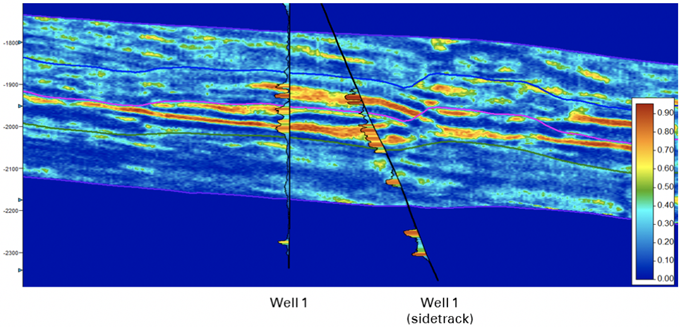
Figure 3. from Walker, M. et al., 2016, Stochastic inversion for facies: A case study on the Schiehallion field: Interpretation, Vol 4, No. 3, SL9-SL20, doi: 10.1190/INT-2015-0197.
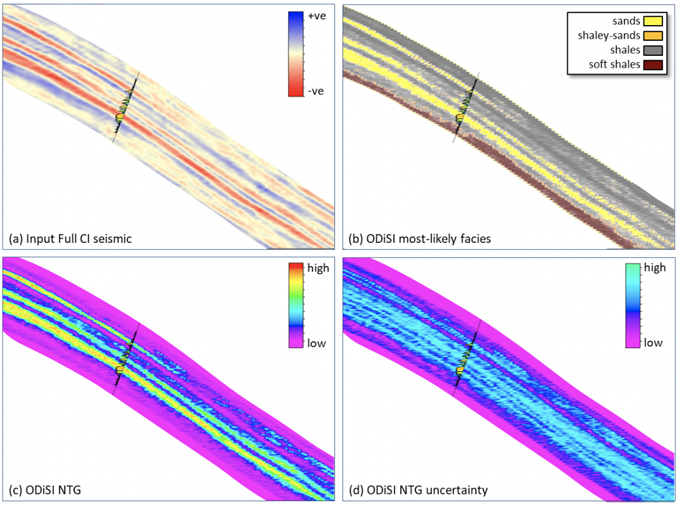
Figure 4. from Grant, S. R. et al., 2017, One-dimensional stochastic inversion for seismic reservoir characterisation – A case study: The Leading Edge, 36, No. 11, 886-894, doi: 10.1190/tle36110886.1.
How has BP's use of ODiSI evolved during the three years since the initial publication?
Having repeatedly proved the value of ODiSI through the early case studies, we were encouraged to move onto testing its applicability to more complex reservoir types. We published the results of the first application of ODiSI to carbonates (see figure 5) in The Leading Edge (Grant et al., 2019, Stochastic inversion by trace matching for carbonate reservoir property prediction: A Mishrif Reservoir case study). Looking at more complex reservoirs meant that we had to work with Cegal to upgrade the tool – we added more QC displays along with functionality enabling us to use a synthetic trace as the inversion target at well locations for parameter optimization, along with many other enhancements. Repeated application of course also allowed us to build expertise – we have developed a deep understanding of how best to parameterize and apply the tool, and a screening tool that we use to decide whether applying ODiSI to any reservoir is going to give us results that we can use to influence and support business decisions.
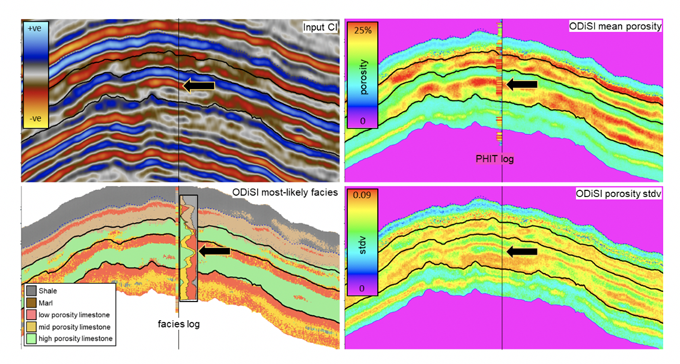
Figure 5. From Grant, S. R. et al., 2019, Stochastic inversion by trace matching for carbonate reservoir property prediction: A Mishrif Reservoir case study: The Leading Edge, 38, No. 1, 27-34, doi: 10.1190/tle38010027.1.
How do you see seismic inversion evolving in the coming years?
We’ll need to continue to adapt our seismic inversion algorithms to handle more complex geological situations, and of course look at ways of making them more efficient. We’ll also continue to optimize the quality of our input data to get the best results from our seismic inversion tools.
Written by Mark O'Brien
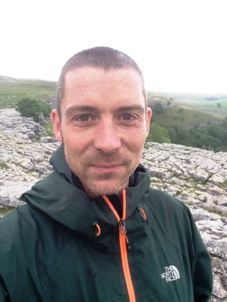
Mark O’Brien has over 18 years industry experience within the E&P industry. He has held a variety of positions working for both operators and service companies on and offshore as a reservoir geologist, geomodeler, GIS consultant and technical sales consultant.
Link to BP UK country profile l KeyFacts Energy Industry Directory: Cegal
 KEYFACT Energy
KEYFACT Energy